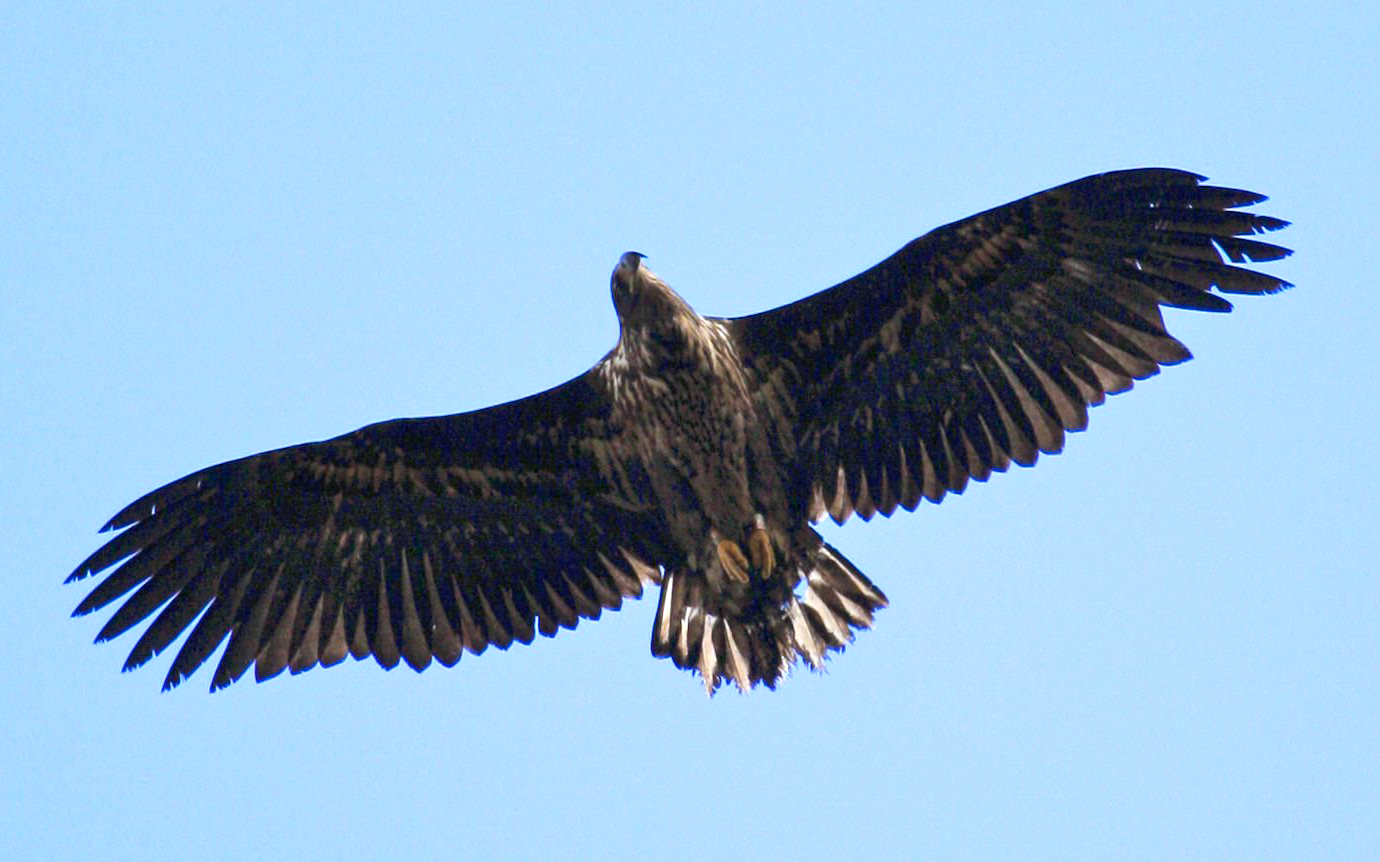I enjoy the sight of a pretty bird in flight as much as the next person, but I’m not what you would call a twitcher, one of those sad people who spend their days in the back of a caravan checking names of birds off a list, ever on the lookout for a golden-winged Warbler or some such avian rarity. Though I’ve been known to get excited in Central Park at the sight of a heron or a hawk, when it comes to birds I am strictly a dilettante. Yet my friend suggested that while we were on Mull there was one bird in particular we needed to search out: Haliaeetus albicilla, the great sea eagle. Also called the White-tailed Eagle, it is the UK’s largest bird of prey and once a common sight all over Scotland in the 19th century before they were persecuted to extinction across the British isles. Thanks to the efforts of the RSPB, Europe’s largest wildlife conservation society, the eagle has successfully been reintroduced over the past ten years via Norwegian birds transplanted to the western Scottish islands of Rum and Mull. In partnership with the Forestry Commission, Mull Sea Eagle Hide was created in Glen Seilisdeir to allow the birds to be viewed from a safe distance without any human interference. As fate would have it a nesting pair of eagles hatched two chicks not six weeks before my arrival. Even stranger, prior to arriving at the hide we spotted an eagle from the road but had no idea what it was doing sitting in a tree. We were soon to discover how it was watching over a pair of jet black, fluffy-feathered eaglets. While fascinating to safely observe the birds through a telescope under cover in the hide, it was even more impressive to see the mother bird take flight in search of food: sea eagles are massive; twice the size of buzzards with a wingspan of 8ft. (You suddenly realize why 18th century farmers might have legitimately feared the eagles would make off with their livestock – or children.) Booking a visit to the hide is essential and well worth the time and effort spent in finding it.  The 6 pound admission fee not only gets you the guidance of a well-informed naturalist to tell you everything you never really needed to know about sea eagles, but also a singular view of these rare, majestic birds returned from the brick of extinction.
April 16, 2025
copy, content + the occasional ramblings of an itinerant traveler










